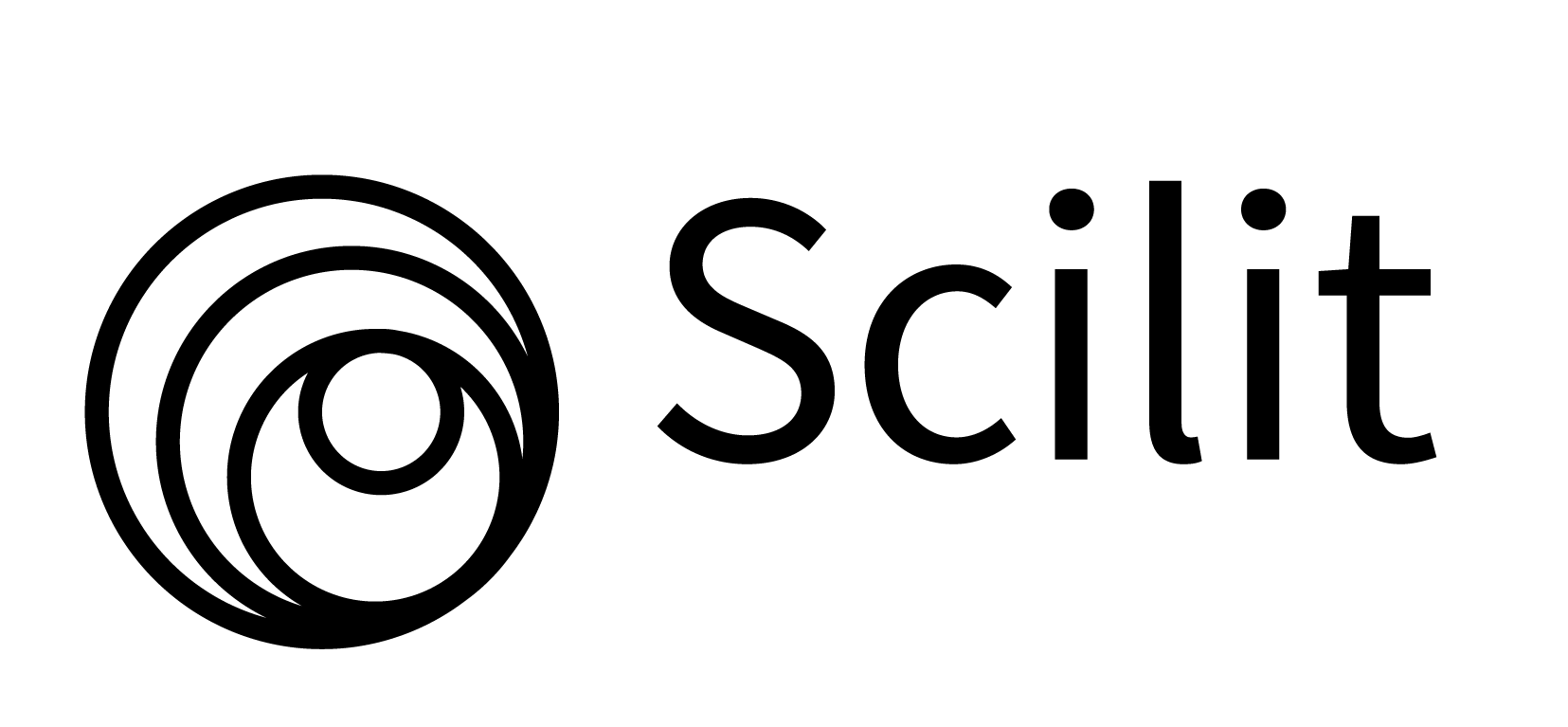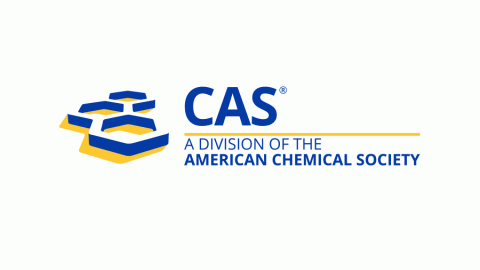Anti-ulcer property of methanol fraction of Callichilia subsessilis leaf extract in albino rats
DOI:
https://doi.org/10.15835/nsb13110886Keywords:
anticholinergic receptor; antihistamine; anti-ulcer; Callichilia subsessilis; ethanol; indomethacinAbstract
Peptic ulcer is one of the major causes of morbidity and mortality worldwide. It is treated with herbal preparations in developing countries. This study investigated the anti-ulcer property of methanol fraction of Callichilia subsessilis leaf in albino rats. Methanol extract prepared through the cold maceration method was partitioned into chloroform and methanol fraction using a separating funnel. The methanol fraction of Callichilia subsessilis (MFCS) was concentrated in vacuo using a rotary evaporator. The acute toxicity was determined using the brine shrimp lethality test and the up-and-down method at a dose limit of 2000 mg/kg. The anti-ulcer activity of MFCS was evaluated at the doses of 12.5, 25 and 50 mg/kg using indomethacin-and ethanol-induced ulcer models. Misoprostol was used as a reference standard. The ulcer score, index and severity were determined using standard methods. Isolated rabbit jejunum tissue in Tyrode’s solution was used to establish the possible mechanism of anti-ulcer activity of MFCS. The LC50 and LD50 of MFCS were greater than 10,000 ppm and 2,000 mg/kg respectively. The MFCS exhibited significant (p < 0.05) dose-dependent anti-ulcer activity in all the ulcer models used. The MFCS (25 mg/kg) produced 52% and 41.33% inhibition of ulcer index in the indomethacin- and ethanol-induced ulcer models respectively. In the isolated tissue model, MFCS caused significant (p < 0.05) relaxation of the rhythmic contraction of the isolated rabbit jejunum and partially inhibited acetylcholine- and histamine-induced contraction of the jejunal smooth muscles. In conclusion, MFCS exhibited anti-ulcer (antihistaminic and anticholinergic) effects. This study justified the use of Callichilia subsessilis leaves in traditional medicine as an anti-ulcer remedy.
Metrics
References
Albaqawi AS, el-Fetoh NM, Alanazi RF, Alanazi NS, Alrayya SE, Alanazi AN, … Ali WM (2017). Profile of peptic ulcer disease and its risk factors in Arar, Northern Saudi Arabia. Electronic Physician 9(11):5740-5745. http://dx.doi.org/10.19082/5740
Balan T, Mohd. Sani MH, Suppaiah V, Mohtarrudin N, Suhaili Z, Ahmad Z, Zakaria ZA (2014). Antiulcer activity of Muntingia calabura leaves involves the modulation of endogenous nitric oxide and nonprotein sulfhydryl compounds. Pharmaceutical Biology 52(4):410-418. https://doi.org/10.3109/13880209.2013.839713
da Silva LM, de Moura BL, Crestani S, de Souza P, Dartora N, de Souza LM, … de Paula WMF (2018). Acid-gastric antisecretory effect of the ethanolic extract from Arctium lappa L. root: role of H+, K+-ATPase, Ca 2+ influx and the cholinergic pathway. Inflammopharmacology 26(2):521-530. https://doi.org/10.1007/s10787-017-0378-4
Fallone CA, Chiba N, van Zanten SV, Fischbach L, Gisbert JP, Hunt RH, … Marshall JK. The Toronto consensus for the treatment of Helicobacter pylori infection in adults. Gastroenterology 151(1):51-69. https://doi.org/10.1053/j.gastro.2016.04.006
Harsha C, Banik K, Bordoloi D, Kunnumakkara AB (2017). Antiulcer properties of fruits and vegetables: A mechanism based perspective. Food and Chemical Toxicology 108:104-119. https://doi.org/10.1016/j.fct.2017.07.023
Lanas A, Chan FK (2017). Peptic ulcer disease. The Lancet 390(10094):613-624. https://doi.org/10.1016/S0140-6736(16)32404-7
Lundell L (2015). The physiological background behind and course of development of the first proton pump inhibitor. Scandinavian Journal of Gastroenterology 50(6):680-684. https://doi.org/10.3109/00365521.2015.1013981
Malfertheiner P, Megraud F, O'morain CA, Gisbert JP, Kuipers EJ, Axon AT, … Hunt R (2017). Management of Helicobacter pylori infection-the Maastricht V/Florence consensus report. Gut 66(1):6-30. http://dx.doi.org/10.1136/gutjnl-2016-312288
Nabil S, Abd El-Rahman SN, Al-Jameel SS, Elsharif AM (2018). Conversion of curcumin into heterocyclic compounds as potent anti-diabetic and anti-histamine agents. Biological and Pharmaceutical Bulletin 41(7):1071-1077. https://doi.org/10.1248/bpb.b18-00170
Onoja SO, Ikwuagwu EO, Ezeigbo II, Madubuike KG, Omeh YN, Anaga AO, Ezeja MI (2018). Preliminary investigation of the possible antiinflammatory and antioxidant activities of extract of Callichilia subsessilis Stapf. (Apocynaceae). Tropical Journal of Natural Product Research 2(1):34-37. https://doi.org/10.26538/tjnpr/v2i1.7
Paguigan ND, Castillo DHB, Chichioco-Hernandez CL (2014). Anti-ulcer activity of leguminosae plants. Arquivos de Gastroenterologia 51(1):64-68. https://doi.org/10.1590/S0004-28032014000100013
Raskin I, Ribnicky DM, Komarnytsky S, Ilic N, Poulev A, Borisjuk N, … O'Neal JM (2002). Plants and human health in the twenty-first century. Trends in Biotechnology 20(12):522-531. https://doi.org/10.1016/S0167-7799(02)02080-2
Sabiu S, Garuba T, Sunmonu T, Ajani E, Sulyman A, Nurain I, Balogun A (2015). Indomethacin-induced gastric ulceration in rats: protective roles of Spondias mombin and Ficus exasperata. Toxicology Reports 2:261-267. https://doi.org/10.3109/13880209.2015.1029050
Sahoo SK, Sahoo HB, Priyadarshini D, Soundarya G, Kumar CK, Rani KU (2016). Antiulcer activity of ethanolic extract of Salvadora indica (W.) leaves on albino rats. Journal of Clinical and Diagnostic Research 10(9):FF07-FF10. https://doi.org/10.7860/JCDR/2016/20384.8470
Sałaga M., Mosińska P (2017). Pharmacological treatment of peptic ulcer disease. In: Fichna J. (Ed). Introduction to Gastrointestinal Diseases Vol. 2. Springer, Cham. https://doi.org/10.1007/978-3-319-59885-7_5
Salami AT, Odukanmi OA, Faniyan OF, Omayone TP, Olaleye SB (2018). Seeds of Buchholzia coriacea in diet mitigate ischemic reperfusion-induced gastric ulceration in experimental rats. Journal of Dietary Supplements 15(6):842-59. https://doi.org/10.1080/19390211.2017.1404544
Sayehmiri K, Abangah G, Kalvandi G, Tavan H, Aazami S (2018). Prevalence of peptic ulcer in Iran: Systematic review and meta-analysis methods. Journal of Research in Medical Sciences 23:8 https://doi.org/10.4103/jrms.JRMS_1035_16
Sistani K N, Arzi A, Rezaie A, Pashmforoosh M, Kordi F (2019). Gastroprotective effect of zingerone on ethanol-induced gastric ulcers in rats. Medicina 55(3):64. https://doi.org/10.3390/medicina55030064
Takeuchi K, Endoh T, Hayashi S, Aihara T (2016). Activation of muscarinic acetylcholine receptor subtype 4 is essential for cholinergic stimulation of gastric acid secretion: relation to D cell/somatostatin. Frontiers in Pharmacology 7:278. https://doi.org/10.3389/fphar.2016.00278
Zabidi Z, Zainulddin WW, Mamat SS, Din SS, Kamisan FH, Yahya F, … Somchit MN (2012). Antiulcer activity of methanol extract of Melastoma malabathricum leaves in rats. Medical Principles and Practice 21(5):501-503. https://doi.org/10.1159/000337406
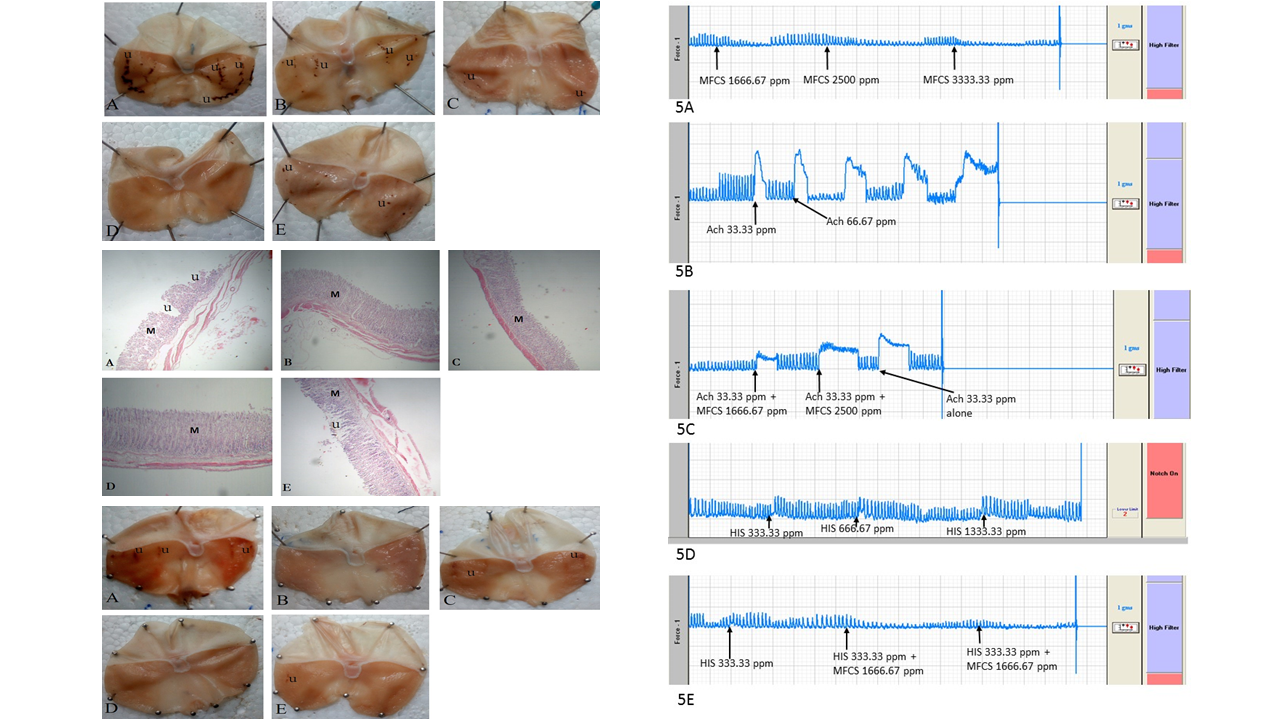
Downloads
Published
How to Cite
Issue
Section
License
Papers published in Notulae Scientia Biologicae are Open-Access, distributed under the terms and conditions of the Creative Commons Attribution License.
© Articles by the authors; licensee SMTCT, Cluj-Napoca, Romania. The journal allows the author(s) to hold the copyright/to retain publishing rights without restriction.
License:
Open Access Journal - the journal offers free, immediate, and unrestricted access to peer-reviewed research and scholarly work, due SMTCT supports to increase the visibility, accessibility and reputation of the researchers, regardless of geography and their budgets. Users are allowed to read, download, copy, distribute, print, search, or link to the full texts of the articles, or use them for any other lawful purpose, without asking prior permission from the publisher or the author.







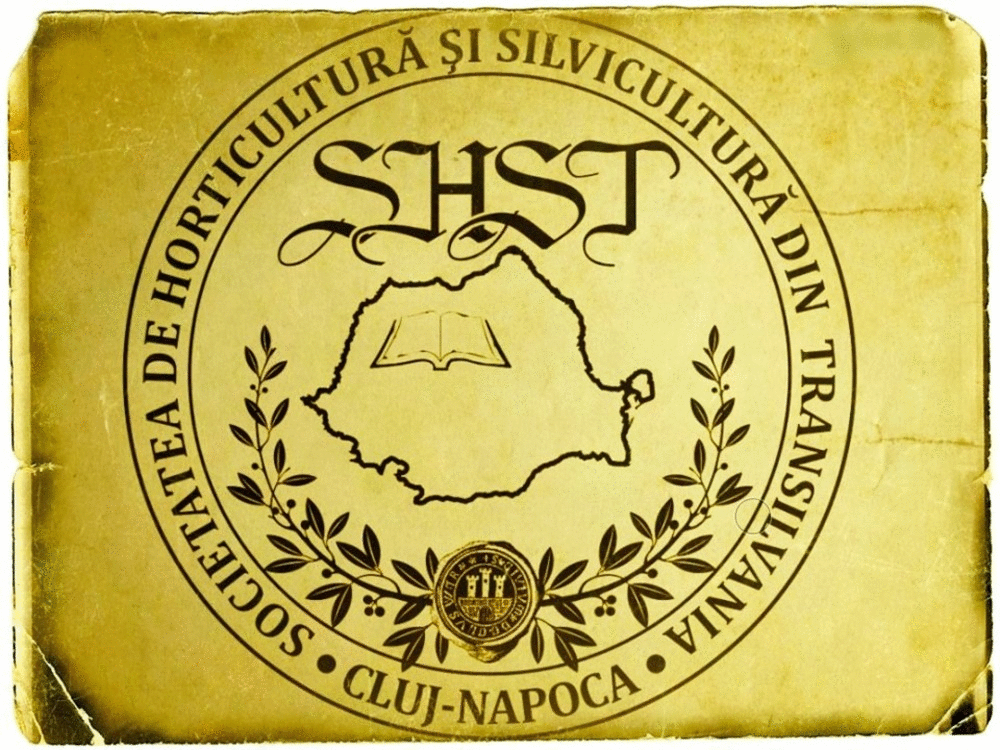
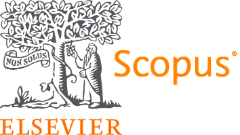




.png)



